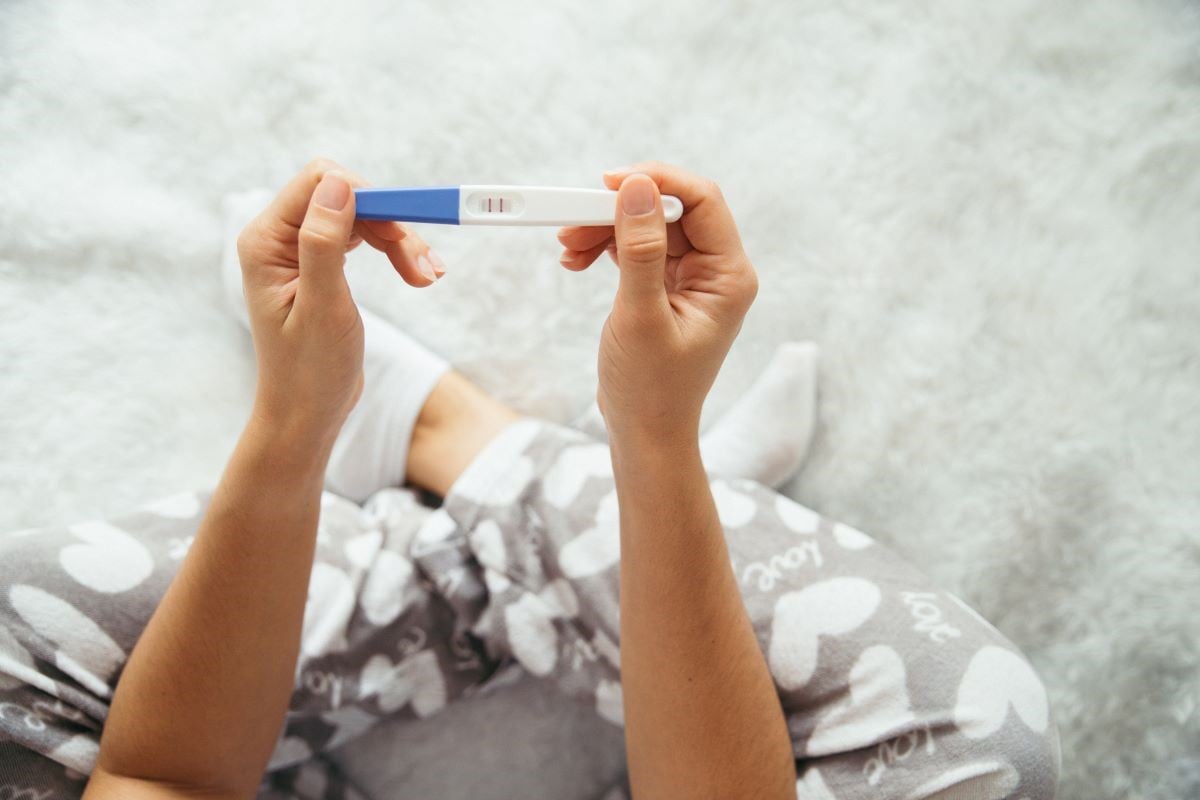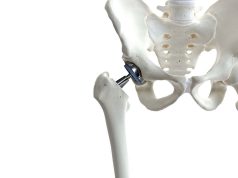Pregnancy after tubal sterilization reported by 2.9 to 5.2 percent of women
By Lori Solomon HealthDay Reporter
FRIDAY, Aug. 30, 2024 (HealthDay News) — Rates of pregnancy after tubal sterilization are nontrivial, according to a study published in the September issue of NEJM Evidence.
Eleanor Bimla Schwarz, M.D., from the University of California, San Francisco, and colleagues examined typical use failure rates after tubal sterilization in the United States. The analysis included data from U.S. women (aged 15 to 44 years) participating in four waves of the National Survey of Family Growth (2002, 2006 to 2010, 2011 to 2013, and 2013 to 2015).
The researchers found that pregnancy after tubal sterilization was reported by 2.9 to 5.2 percent of participants across waves. In the most recent wave, the estimated percentage of participants with pregnancies within the first 12 months after a tubal sterilization procedure was 2.9 percent, while at 120 months after tubal sterilization, the estimated percentage with a pregnancy was 8.4 percent. Pregnancy after tubal sterilization was less common after postpartum procedures than after interval procedures at all the time points examined, but this difference was not sustained in multivariable models. The chance of pregnancy decreased with age at time of tubal sterilization in multivariable models. There were no consistent associations seen for race/ethnicity, education, or Medicaid funding with pregnancy after tubal sterilization.
“This study shows that tubal surgery cannot be considered the best way to prevent pregnancy,” Schwarz said in a statement. “People using a contraceptive arm implant or an intrauterine device are less likely to become pregnant than those who have their tubes tied.”
Abstract/Full Text (subscription or payment may be required)
Copyright © 2024 HealthDay. All rights reserved.








